Since 2024, the field of online selling has changed tremendously. Which website dominates the market for selling goods? What new trends should you be on the lookout for? This article will tell you the latest updates on the top websites for selling merchandise online. We will also share some tips to help you stay ahead of your competitors.
1. Top selling platforms to sell merchandise online (And their costs)
This section will closely examine some online selling platforms, evaluating their essential characteristics and, notably, their respective cost structures. Such are costs that, if understood well, enable profit maximization and sound decision-making.
1.1. eBay – The global marketplace
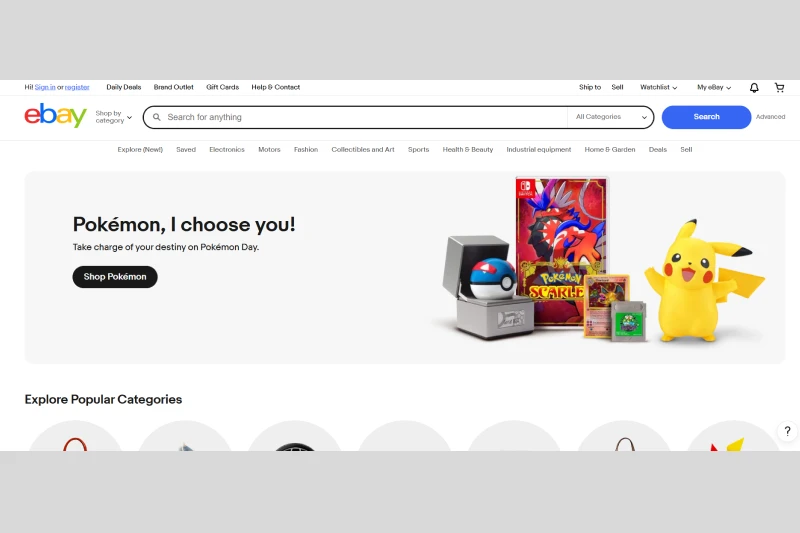
eBay is still the heavyweight above all online platforms, providing a connecting link between sellers and a global clientele. Its major win: flexibility. Two selling formats are outstanding.
- Auction format: The auction enables buyers to bid on your items, creating a competitive environment that may spark buyers’ interest and ultimately drive the final selling price upward. This format works best for rare, unique, or highly sought-after items.
- Fixed price (buy it now) format: On the contrary, buyers can purchase your items at a fixed price. This works best for mass-market items or anything with a prominent market price.
1.2. Amazon – The giant eCommerce platform

Amazon is the largest online retailer in the world, with unrivalled access to millions of potential customers. However, the sales process needs to be mastered in whichever unique selling plans and fee structures offered by Amazon’s selling plans:
- Individual plan: This is the most suited for sellers listing fewer than 40 items monthly. The seller owes a fee for each item of [Insert Current Fee – e.g., $0.99] in addition to referral fees.
- Professional plan: Intended for sellers listing more than 40 items monthly. This makes way for a monthly subscription fee [Insert Current Fee – e.g.-$39.99], instead of that per-item fee, for selling any number of items, plus referral fees. The Professional Plan also includes access to advanced selling tools and features.
1.3. Etsy – Best for handmade and unique items
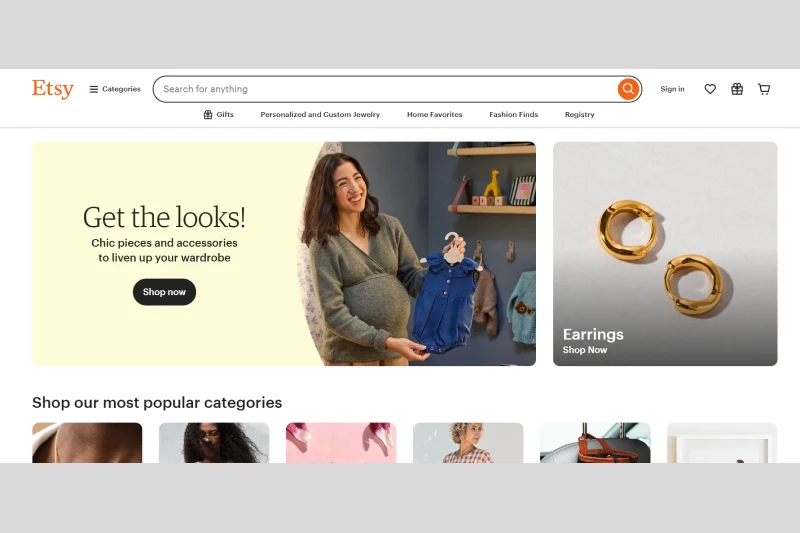
Etsy: An online bazaar that bustles with anything and everything handmade, vintage or craft supplies; perhaps the ideal destination for artists, crafters, and all DIY creators in search of potential buyers interested in products that are both unique and quirky. Directions to Etsy:
- Products that are handmade are sold by individual artisans.
- Vintage items: Not less than 20-year-old products.
- Craft supplies: Material and tools for creating handmade items.
1.4. Shopify – Build your store
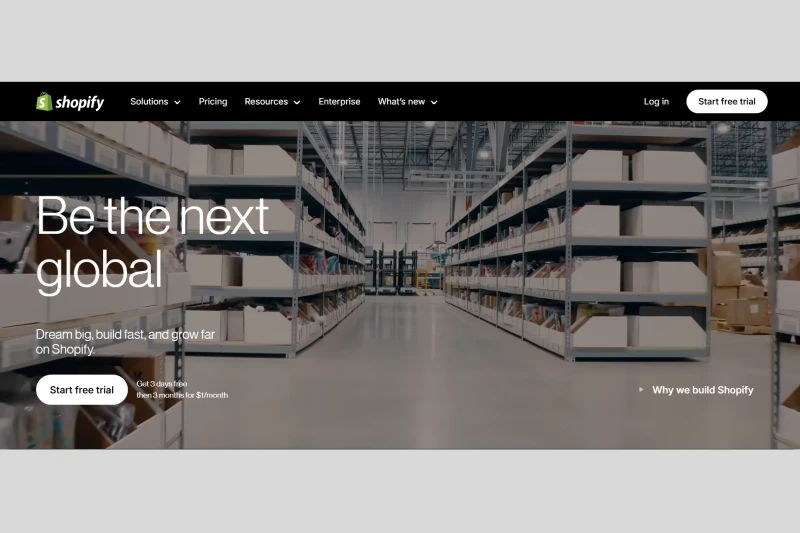
Shopify allows setting up a custom-branded web shop, giving the most control over the customer journey, branding, and data with these stores. However, this will take more work and money than simply selling on a marketplace. Shopify offers multiple subscription plans for different business requirements:
- Basic Shopify: [Insert Active Monthly Rate – e.g. $29/month) For new brands with only basic eCommerce needs.
- Shopify: [Insert Current Monthly Fee – e.g. $79/month] More features, and lower transaction fees, making it a better option for growing businesses.
- Advanced Shopify: [Insert Current Monthly Fee – e.g., $299/month] – Offers advanced reporting and lower transaction fees, suitable for high-volume businesses.
- Shopify Plus: (Contact Shopify for pricing) – An enterprise-level solution for high-growth brands.
1.5. Facebook Marketplace – Easy local selling
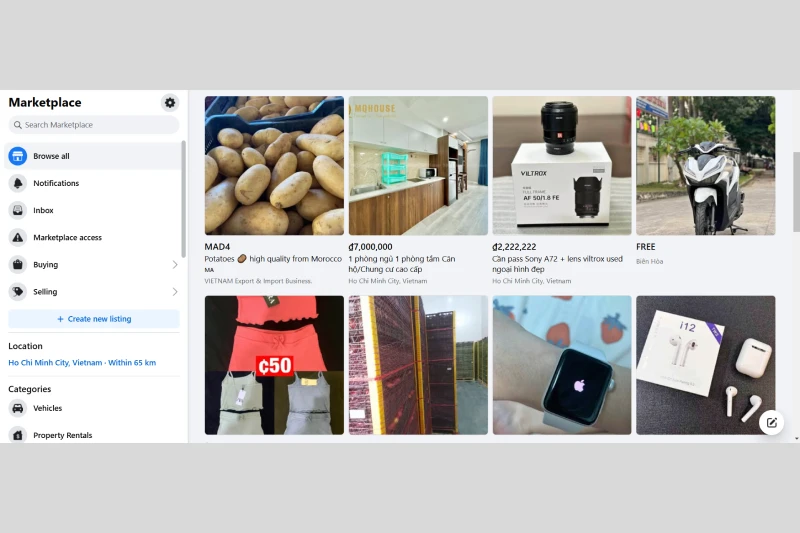
Facebook Marketplace makes it so easy for you to sell things locally. It’s handy for secondhand stuff, furniture, and other items that are too big or heavy to move. Simply put, the value proposition of Facebook Marketplace is very twofold:
- Free listings: Posting items for sale on Facebook Marketplace is generally free.
- Local focus: The platform primarily connects buyers and sellers within a specific geographic area.
1.6. Poshmark – Fashion and accessories-focused platform
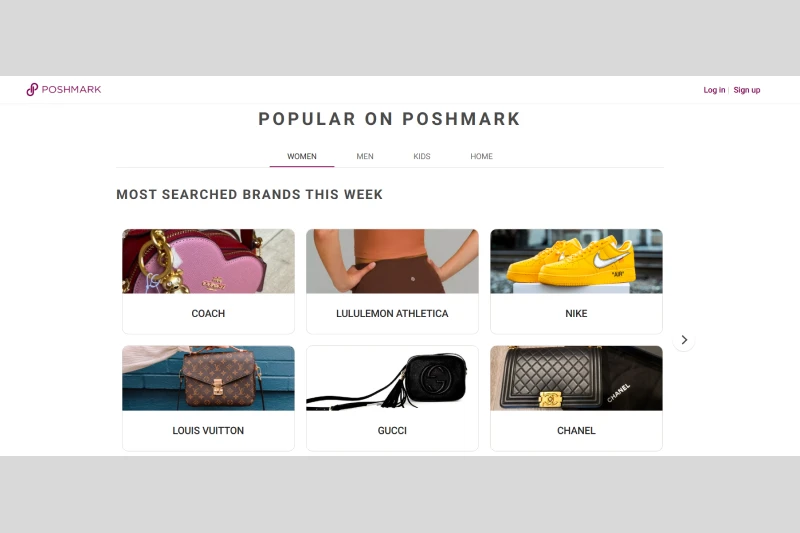
Poshmark is a social market focused mainly on selling and buying fashion items, accessories, and home goods. It is especially famous among millennials and Gen Z because it offers a more social selling experience. Poshmark’s commission structure:
- For sales under $15, Poshmark charges a flat fee of [Insert Current Fee – e.g., $2.95].
- For $15 or more sales, Poshmark takes a commission of [Insert Current Percentage – e.g., 20%].
1.7. Walmart Marketplace – Selling to millions
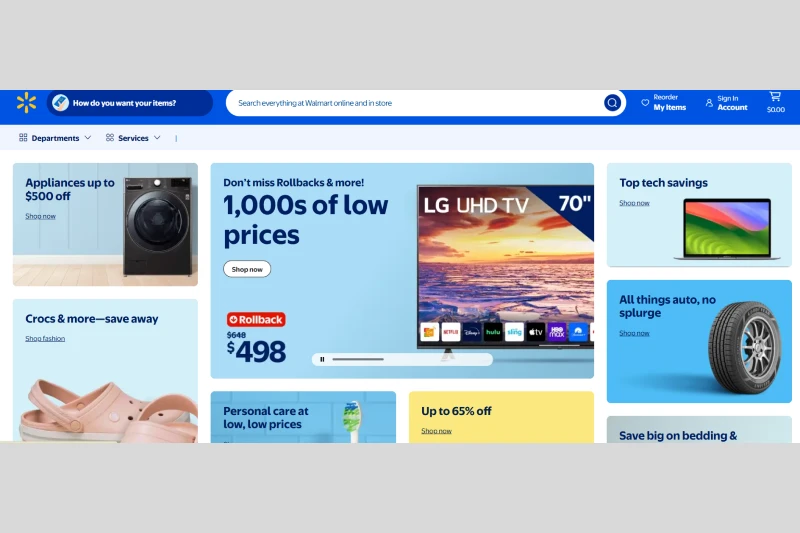
Walmart Marketplace is an online marketplace wherein third-party sellers can list their products for sale in addition to Walmart’s products, consequently allowing millions of customers access to the products.
- Walmart referral fees: Walmart charges referral fees; that is, it charges a percentage of the selling price that varies from category to category, like Amazon. Be sure to check the current rates and update accordingly.
2. Where to sell merchandise online for free (And the “hidden” costs)
Most new sellers who want to sell online will try to find free platforms. However, even these “free” platforms often include some hidden costs in their fee structures.
2.1. Craigslist – Free local selling
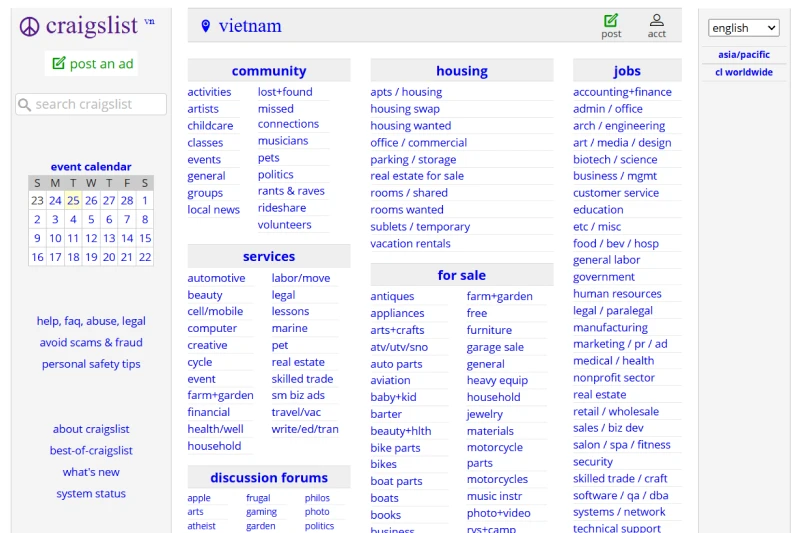
Craigslist is an online classifieds site where you can post free ads for sale and connect with buyers nearby. Craigslist may charge fees for listing prioritization to make a listing more visible.
However, it’s important to always exercise caution when interacting with unfamiliar individuals. Try to meet in public.
2.2. Letgo (Now offer up) – Peer-to-peer selling
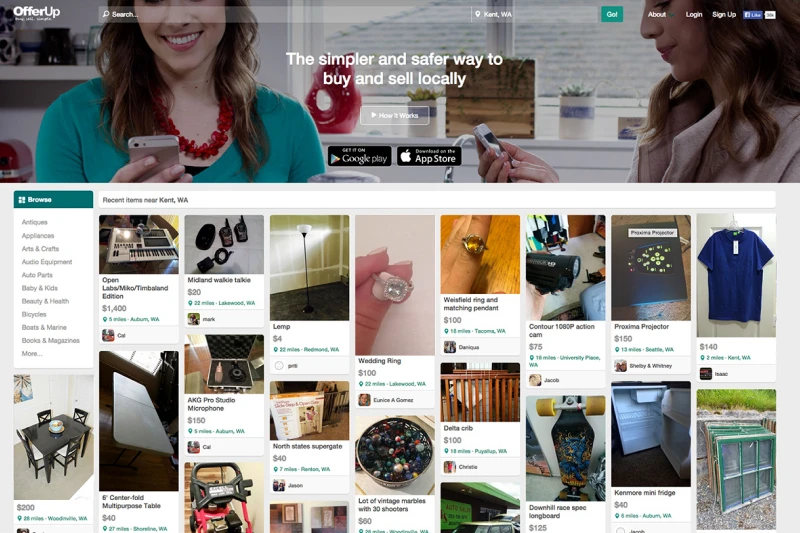
OfferUp is a free marketplace for peers, allowing them to sell their items to local buyers quickly. The platform allows free access to offer credits for in-app purchases so that people buy your product with more visibility.
2.3. Bonanza – No monthly fees

Bonanza is also a no-monthly-fee online marketplace; it follows a commission-based structure, meaning you only have to pay when you sell something. It also offers paid advertising to make your item more visible.
2.4. Depop – Fashion-centric free selling
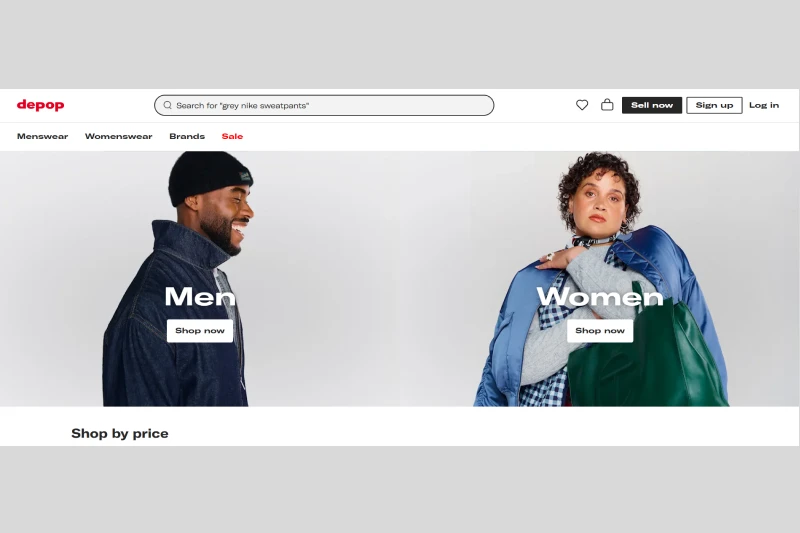
Depop is a selling platform focused on fashion and is very famous among the youth. It works on a commission-based model, charging a fee on every successful transaction. The platform also offers in-app purchases to promote listings and increase their reach.
2.5. Vinted – Sell secondhand clothing for free
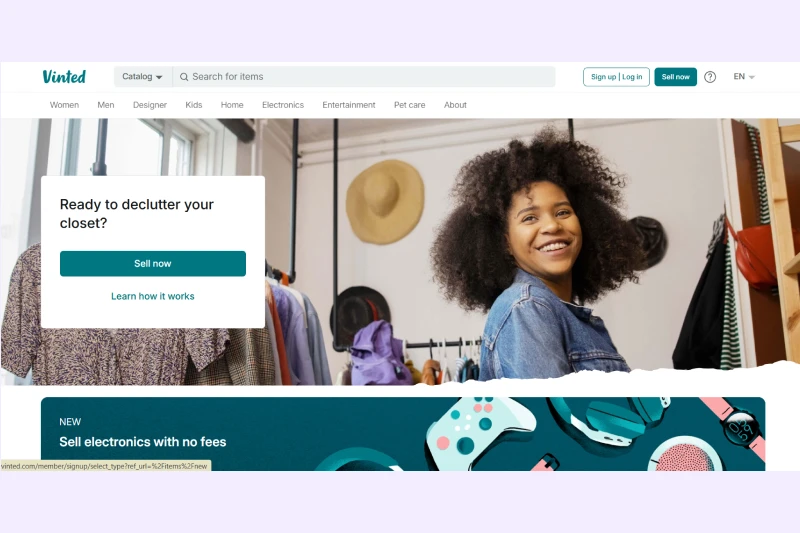
Vinted is a place where it does not cost anything to sell secondhand articles. Unlike most marketplaces, Vinted typically doesn’t charge a commission to sellers, although it can charge listing promotion costs for better product visibility.
As with everything, “free” often comes with costs: transaction costs (e.g., PayPal fees), advertisement costs for improving visibility, packaging and shipping costs. Be careful about those when choosing the most proper selling method.
3. Best websites for niche markets (And their specific costs)
Focusing on a niche marketplace can be more effective than competing on larger platforms if you’re selling specialized products. Here are some top websites for different niche markets:
3.1. Reverb – Best for musical instruments
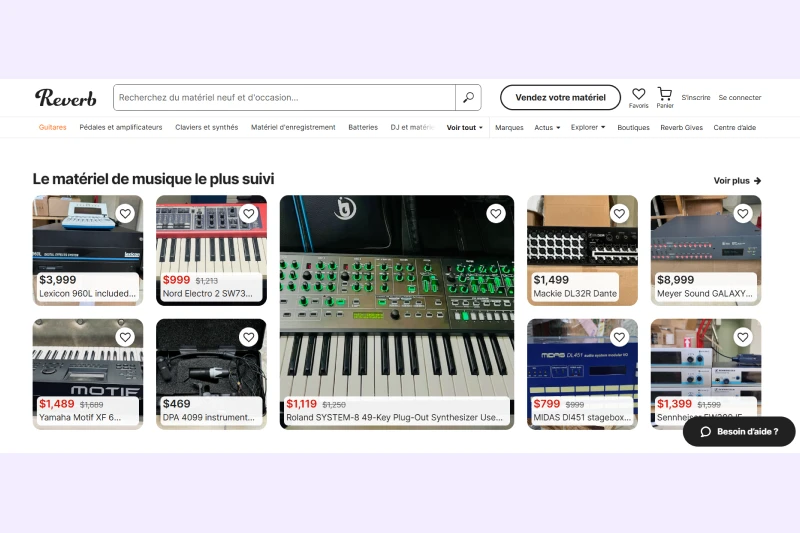
Reverb is an online marketplace that sells and buys musical instruments, audio gear, and accessories. It is commission-based, and one takes a fee for each successful sale. Boost your listing visibility using the “Bump” feature, which bumps your listing to the top of search results.
3.2. Discogs – For vinyl records and music collectables
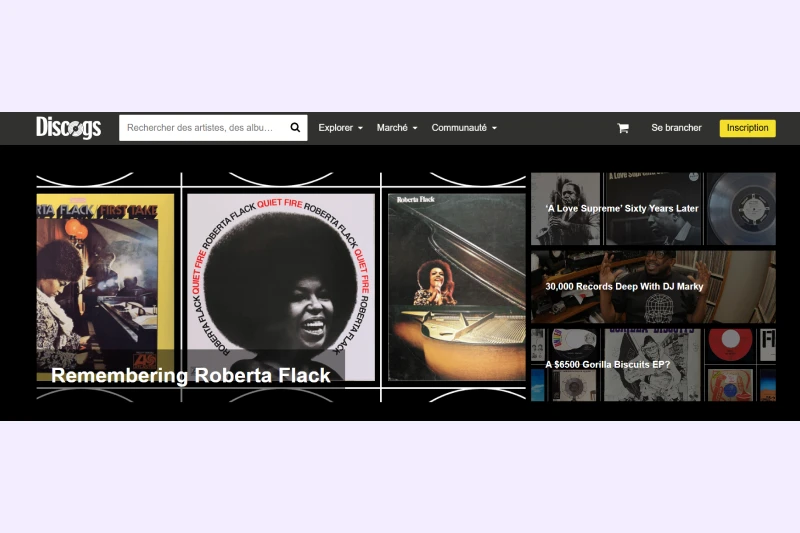
Discogs is a massive database and online marketplace dedicated to vinyl records, CDs, and other music collectables. It charges a sales fee based on the item’s value. Additionally, Discogs offers paid subscription options for professional sellers, providing enhanced tools and features.
3.3. Redbubble – Sells artwork and designs
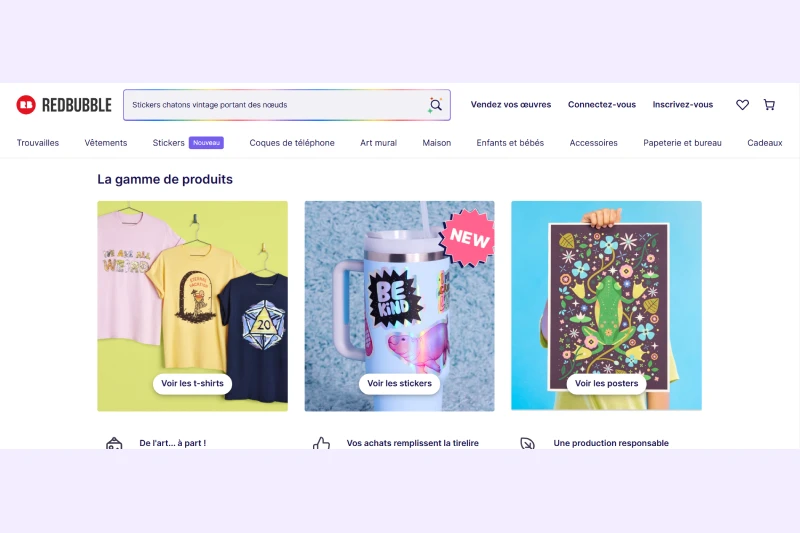
Redbubble enables artists and designers to sell their artwork, designs, and sketches across different products-from clothing to home decor and accessories. Redbubble allows you to set your profit margins, thus controlling your earnings from all the products that you sell.
3.4. Teespring (now Spring) – Custom merch and apparel
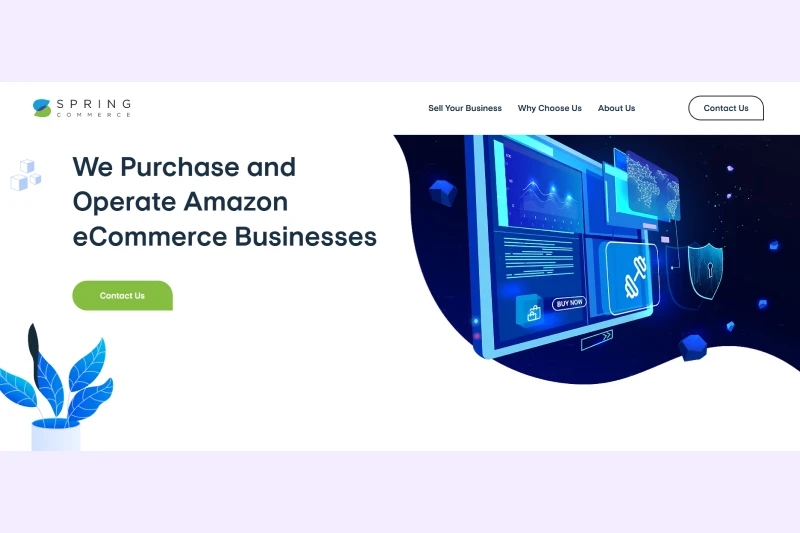
Teespring (which has recently been rebranded as Spring) allows the design and sale of custom merchandise and apparel free of any obligations related to inventory management.
It works on a simple pricing model that allows you to price your product, and Teespring does all the rest: manufacturing, shipping, and customer service. Therefore, the profit you make comes from the price you named, which is less than Teespring’s base costs for manufacture and fulfilment.
4. Choosing the right platform for your products (and budget)
Choosing the right online selling platform can distinguish success and failure. Carefully consider the following factors to make the best decision for your business.
4.1. Factors to consider when choosing a selling platform
- Target audience: Does the platform appeal to the clients you intend to reach? For high-end handmade crafts, selling on Etsy rather than Craigslist makes sense.
- Product type: Some platforms specialize in specific product categories. If you sell musical instruments, Reverb is a natural choice. For clothing, Poshmark or Depop may be a better fit.
- Fees and commissions: Get to know the charge structure of the given platform, along with any expense involved. Listing fees, transaction fees, commissions, and option costs should be considered.
- Marketing and advertisement: Does the platform have its own marketing tools and advertising options? Some, like Amazon, have robust advertising programs, while others may require independent product advertising for their initiatives.
4.2. How to list your products for maximum visibility
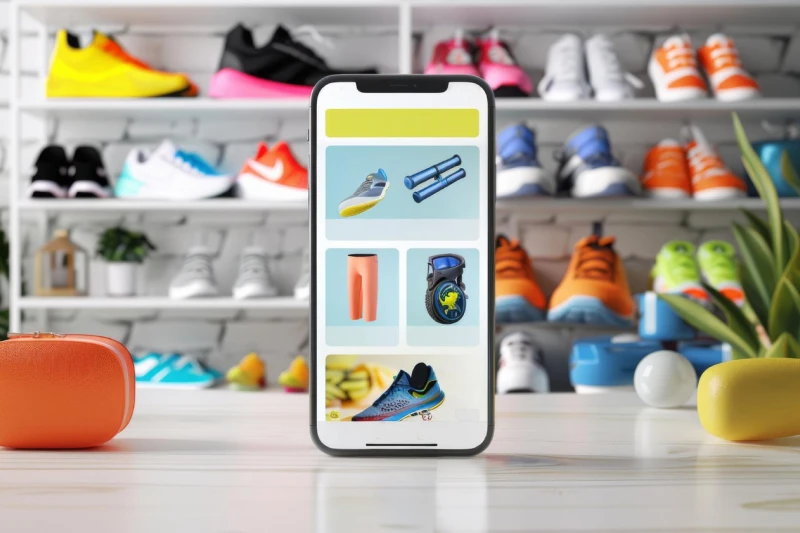
With the right venue already set, it is still paramount for you to describe your products well enough to elicit customer interest. Here are some tips you should take note of:
- Product photos should be high quality: Product pictures are indeed very essential in online selling. They should be clear, sharp, and artistically appealing, presenting the product in its best possible light.
- Optimize your keywords: Conduct research that prospects will likely use in a search engine while looking for a particular product. Use them as much as possible within the title and description.
- Write tempting product descriptions: Write a detailed, accurate, and attractive product description. Mention the benefits of purchase, and explain why the product should be the right choice for customers.
5. Tips for maximizing sales on online platforms (And managing costs)
Successfully selling online isn’t just about choosing the right platform— it’s about implementing effective strategies to optimize sales and control costs.
5.1. Optimize product listings with keywords
Keyword research identifies terms and phrases that a prospective buyer would use or search in the input box for the product. Correct placement of these keywords in the title, description, and other listing areas further enhances your product’s visibility on search results pages.
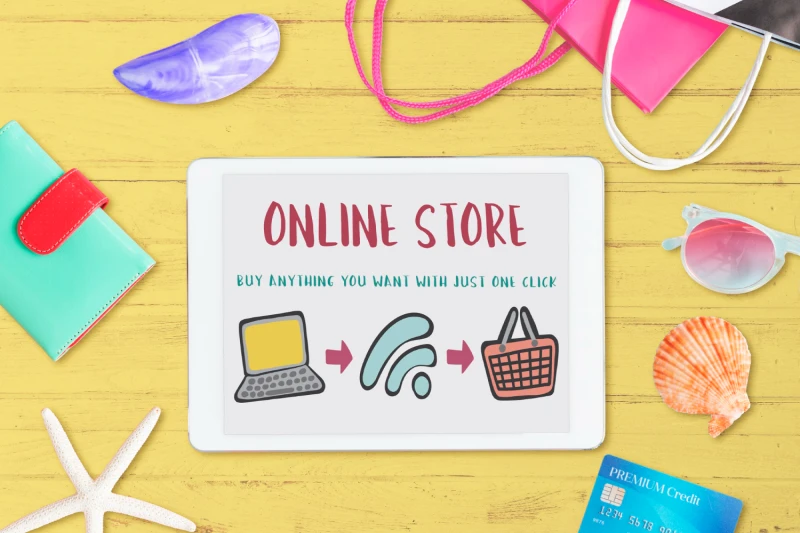
5.2. Use high-quality product images
If product images in an online store are of good quality, sales performance will be directly improved. Sharp, clear, and well-styled photos of the products grab the customers’ attention and thus create a good aura of the entire product. Simple enough, and unless you’re a good photographer, shell out money for good photographs or hire a professional one.
5.3. Implement competitive pricing strategies
Competitive pricing of the products is essential for drawing customers and maximizing profits. The three common pricing strategies are:
- Cost-plus pricing: Adding a desired profit margin to the production cost for the product.
- Value-based pricing: Pricing is determined by how much value the customer sees in the product.
- Competitive pricing-pricing your products according to the pricing established by competitors for similar items.
6. Common challenges when selling merchandise online (And their cost implications)
Online selling has many advantages, but there are also some disadvantages. Identifying and developing strategies to solve these problems will make much more profits and cost minimalization.

6.1. Dealing with fees and commissions
Platform fees and commissions can take a significant portion of your revenue. To reduce these costs:
Find different platforms that could lead to cost-effective choices from the respective product category. However, look for ways to cut production and shipping expenses to put more profits on the margins.
6.2. Managing shipping and returns
Shipping and returns can be costly and time-consuming. To minimize expenses:
- Compare shipping providers and negotiate better rates.
- Offer free shipping on orders above a specific value to encourage larger purchases.
- Provide accurate product descriptions and high-quality images to reduce return rates.
- Have a clear, customer-friendly return policy.
6.3. Attracting traffic to your listings
An effective selling tag can do wonders in a profitable online business with traffic generation to your product sites. There are many ways in which people generate traffic, free or pay-per-click.
The free methods for generating traffic include search engine optimization, social media marketing, and content marketing. Some examples of pay-per-click channels include PPC, display ads, and influencer marketing. Assess the cost and performance of each property and choose the best one for you.
7. Conclusion
Selling online presents an excellent opportunity, as businesses can reach customers worldwide. However, carefully considering all costs, from platform fees to shipping and advertising expenses, is essential. Choosing the top websites to sell merchandise and optimizing product listings for visibility and sales are crucial steps toward success.
A universal answer does not exist. One must look at various options, try different strategies, and then determine what is best suited to the product and budget. Good luck to you in your endeavour to build an online selling empire!
8. FAQs
8.1. What is the best website to sell merchandise online for free?
There are several alternatives to consider, but Craigslist, Facebook Marketplace, and OfferUp have all been known to be very popular for local selling online without fees. Remember that even free platforms come with hidden costs (like chargebacks, etc.).
8.2. How long does it take to start an online store?
Actual start-up timing for an online store will vary from weeks to months; that doesn’t include weeks if you build it yourself, the platforms you choose, and how deep you want your store to be designed from the time you spend creating your shop.
8.3. What are some essential tools for running an online store?
Think of an eCommerce platform, payment gateways, shipping software, email marketing tools, and analytics platforms for key tools.
8.4. What are the most common fees associated with selling online?
Most common fees: listing fees, transaction fees, processing credit card payments, shipping, and advertising.
8.5. How can I reduce the cost of selling online?
Selling online would entail a low-cost platform, optimizing for organic traffic in listings, and resorting to drop shipping instead of maintaining stock.
8.6. How do I start selling on Amazon or eBay?
To sell on Amazon or eBay, a seller account must be opened, products uploaded on the account, and careful adherence to the policies of the platform must be observed. A complete directive should be checked on the official websites of Amazon and eBay for further information.
8.7. Can I sell products on Facebook Marketplace for free?
Yes, you can list products on Facebook Marketplace for free (in most cases and regions). However, you may need to pay a fee to promote your listings for increased visibility.



